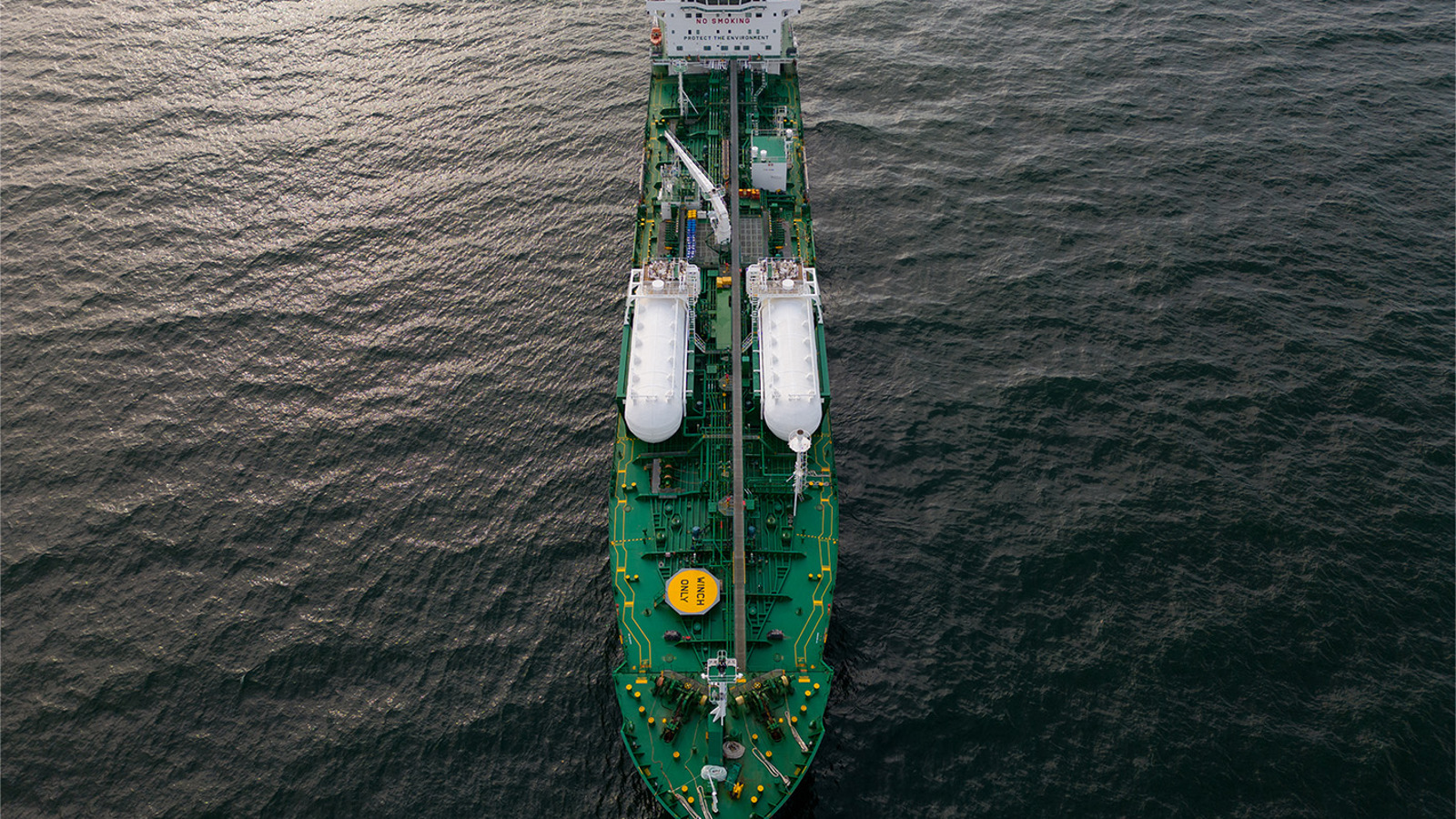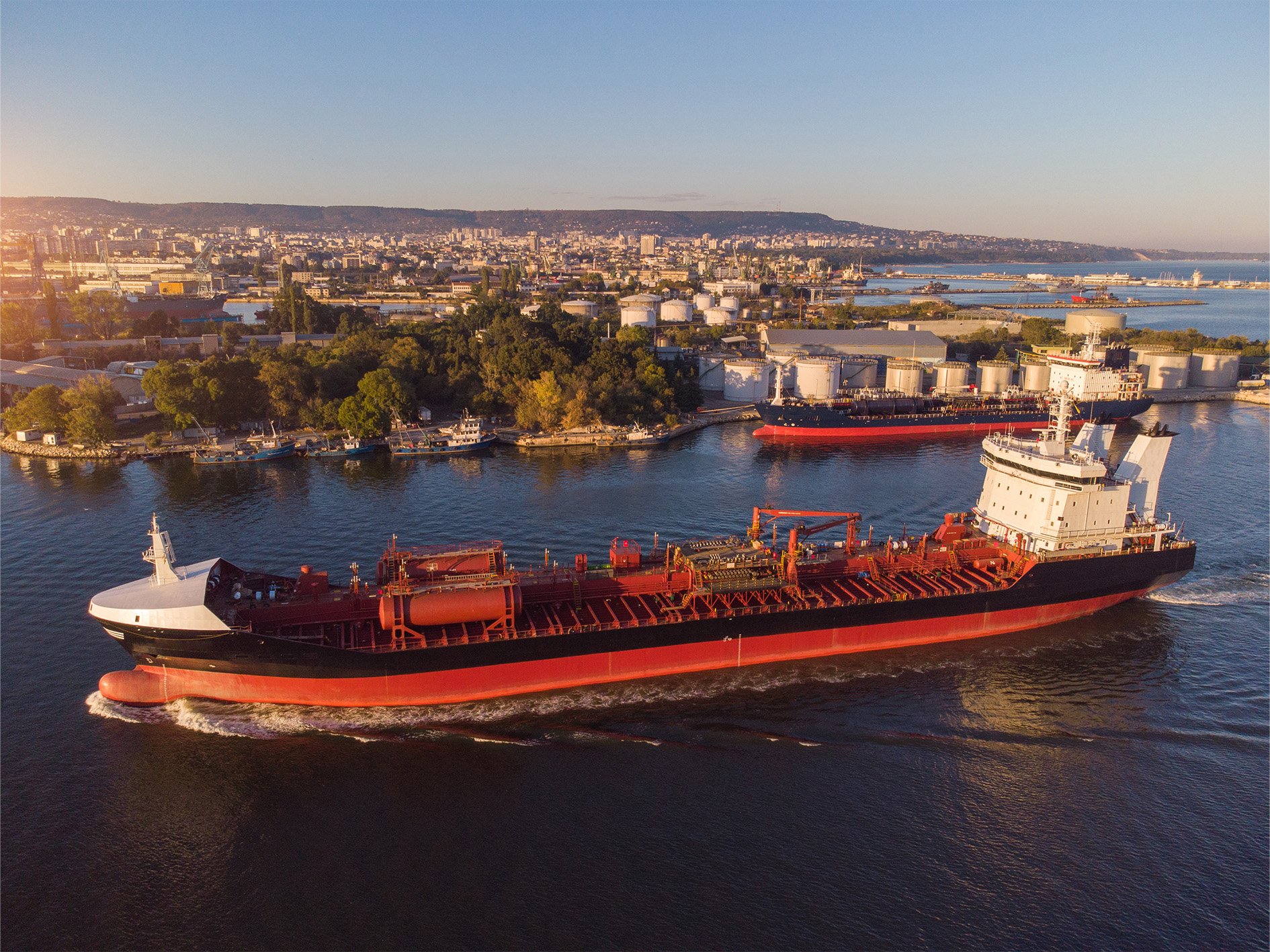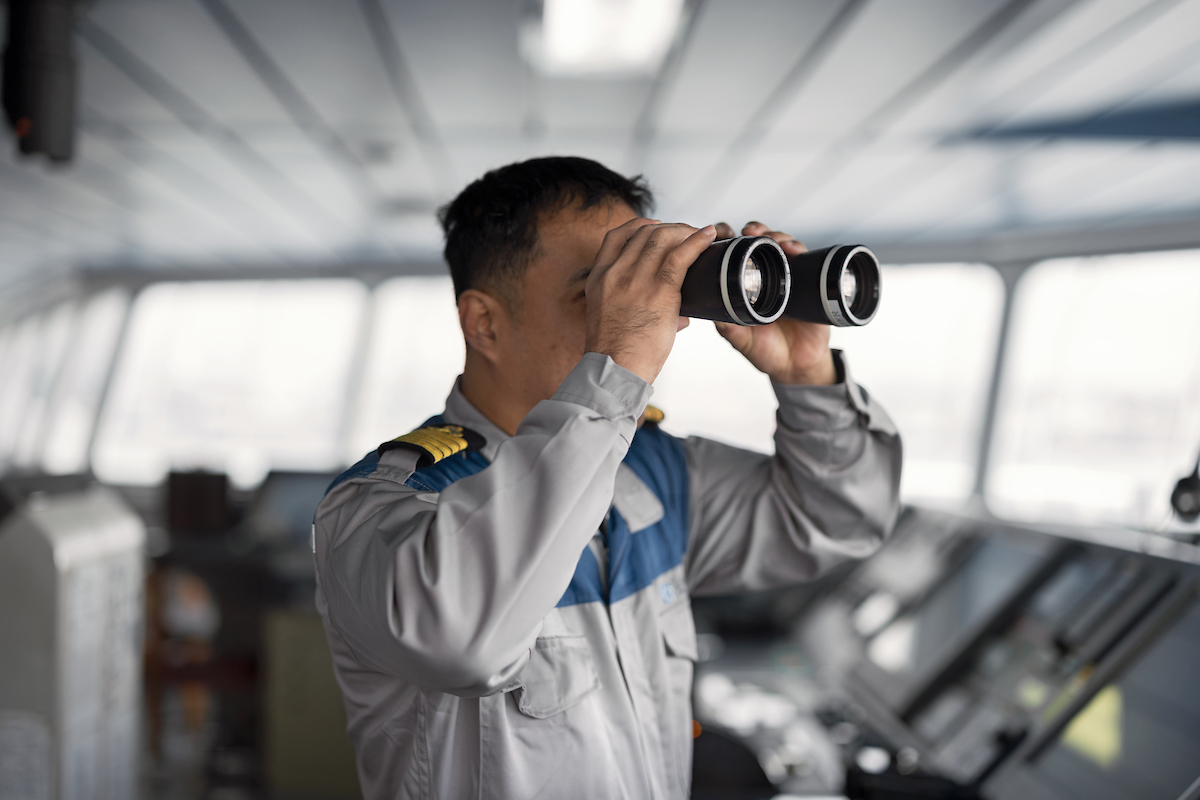Understand the Mechanics: Exploring Tanker Ship Management

威尔森观察
|
Wilhelmsen Ship Management
Tanker ships are not a relatively new concept, dating back to the late 19th century, they emerged as iron hulls, steel hulls, and pumping systems were being developed. The oil industry first used tankers to transfer refined fuel in bulk from refineries to customers. This fuel was stored in large shore tanks and then loaded into casks for delivery. This is also where the term ‘tonnage’ was coined, referring to the volume of cargo (How many tuns or casks of wine could be carried). The first successful oil tanker was the Zoroaster, built in 1878 by Ludvig and Robert Nobel.
Both tanker ships and similarly sized bulk carriers are vital to the global supply chain as their cargo is essential for the global economy. Therefore, the management of tanker ships is crucial to ensure the reliable delivery of essential products to the global market.
An Overview of Tanker Ships
Tanker ships are ships designed to transport liquids or gases in bulk. There are several kinds of tankers including oil tankers, chemical tankers, and gas tankers which transport various cargo such as crude oil, refined petroleum products, chemicals, liquefied petroleum gas (LPG) and liquefied natural gas (LNG).
Tanker ships vary in size and capacity depending on their purpose from the smaller general-purpose ships which carry under 25 thousand metric tonnes to the larger, long range ships which carry upwards of 500 thousand metric tonnes. The smaller ships are suitable for small harbors or coastal regions while the larger ships are better suited for sailing across the oceans. Crude oil tankers are generally much larger than the other tanker types to increase efficiency in oil transportation. Chemical Tankers are usually smaller than other tanker types due to the specialized nature of their cargo and port restrictions for loading and discharging hazardous chemicals.
Tanker Ships are classified into the following from smallest to largest:
- Handy
- Handymax
- Panamax (Largest vessel size that can pass through the Panama Canal)
- Aframax (Able to enter most all harbor facilities worldwide)
- Suezmax (Largest vessel size that can pass through the Suez Canal)
- Capesize
- Very Large Crude Carrier (VLCC)
- Ultra Large Crude Carrier (ULCC)
(Source: https://www.marineinsight.com/types-of-ships/what-are-tanker-ships/)
The Role and Classification of Oil Tankers
Oil tankers are used to transport bulk quantities of oil or its products and are classified into two categories:
- Crude Oil Tankers: Transports large quantities of raw and unrefined crude oil from oil extraction facilities, to refineries where it is processed into fuel and other related products.
- Product Tankers: Generally smaller than crude oil tankers and transports refined petroleum products from refineries to distribution centers worldwide. Oil tankers play a vital role in the global economy. These products and utilities that we use for our daily lives including fuel for cars, heat for homes, fertilizer for farms and toys for children are made possible by oil tankers. It is also incredibly inexpensive to transport oil over long distances due to the large size of these tankers, which increases every year to meet the increasing global demand.
Safety and Environmental Measures
According to the IMO, more than 2,900 million tonnes of crude oil and oil products are transported around the world by sea every year. Therefore, measures have been implemented to reduce the risk of oil spills such as the introduction of the double hull or outer shell. A single outer shell between the oil and the ocean known as a single hull, was the standard until the ‘International Convention for the Prevention of Pollution from Ships, 1973’ (MARPOL) introduced adding another inner watertight shell known as a double hull. The extra shell acts as a barrier to trap seawater, better protecting the cargo and the ocean in case of a leak. The double hull was introduced in 1983 and became a requirement for all new tankers including oil tankers in 1996 with the final deadline to convert all single hull ships by 2015.

The Role and Classification of Chemical Tankers
Chemical Tankers are designed to transport chemical cargoes in bulk liquid form, including industrial chemicals, acids, edible oils and biofuel for usage in industrial, agricultural or domestic purposes. Chemical Tankers are classified into three categories depending on the risks and severity of their cargo:
- Type 1: Tankers carrying cargo with extreme environmental and safety hazards requiring maximum preventive measures to prevent any leakage of cargo.
- Type 2: Tankers carrying cargo with severe environmental and safety implications requiring significant preventative measures to prevent potential leakage.
- Type 3: Tankers carrying cargo with low environmental and safety implications requiring moderate containment measures.
Safety and Environmental Measures
Modern chemical tankers have a double hull structure to reduce the risk of leakage, similar to oil tankers. They also have separate cargo tanks which are specially coated with conventional and phenolic epoxy coatings or made from stainless steel. However, the biggest challenge is the handling and transportation of the hazardous chemicals onboard which can negatively impact the crew and the surrounding environment if not managed correctly. Therefor, the crew of chemical tankers must be sufficiently trained in proper handling methods and the emergency protocols in case of an incident.
The Role and Classification of Gas Tankers
Gas tankers are designed to transport LNG, LPG or liquefied gases in bulk for a variety of purposes including energy (Petroleum Gas, Natural Gas), chemical (Ethylene, Vinyl Chloride, Propylene, etc) or used to make agricultural fertilizer (Ammonia). Gas tankers are classified into three categories:
- Fully Pressurized Gas Tanker: Transports LPG in a fully pressurized environment with a low temperature maintained at a specific constant level. This allows the cargo to remain in liquid form without the risk of evaporation into gas.
- Semi-Pressurized Gas Tanker: Transports LPG in a semi-pressurized environment fitted with reliquification plants and other insulation systems to allow the cargo to revert into liquid if it converted into gas during transport.
- LNG Tanker: Transports LNG at very low temperatures using self-supporting prismatic type B tanks which can limit sloshing problems and sustain internal accidental damage.
Safety and Environmental Measures
Gas tankers, in addition to the double hull standard for all tanker ships, stores cargo in four or five separate compartments. This design ensures that even if one compartment is breached, the other compartments will remain intact, limiting gas leakage. If gas were to escape out of the ship, it will not affect marine life as oil or chemicals would but instead could affect the atmosphere, contributing towards climate change.

Looking Towards the Future
EU ETS and FuelEU are set to change the landscape of maritime shipping in the EU, affecting vessels above 5,000 Gross Tonnage. Therefore, it is crucial for current fleets and future newbuilds to implement sustainable energy and emissions-saving technologies and use sustainable fuels for their vessels to comply with new regulations. Examples of technologies that can be implemented include waste heat recovery systems to reclaim otherwise wasted energy, low friction hull coatings to reduce friction and wind-assisted propulsion systems.
We apply the Oil Companies International Marine Forum’s (OCIMF) Tanker Management and Self-Assessment (TMSA) system across our managed fleet to embrace industry best practices and fully comply with International Safety Management (ISM) requirements to ensure safe and efficient vessel operation.
You can visit our Tanker Ship Management page to learn more about how we can add value to your operations.